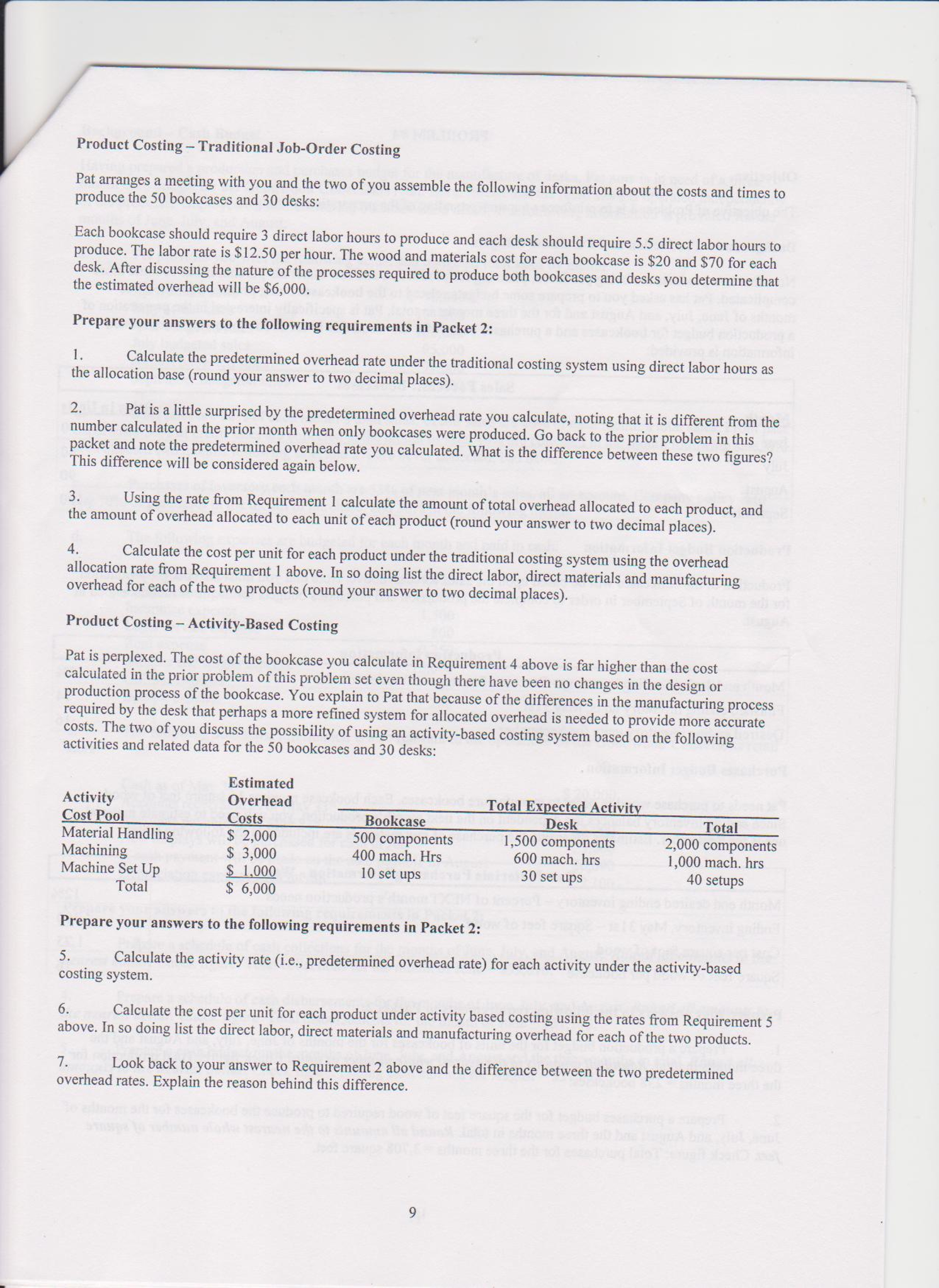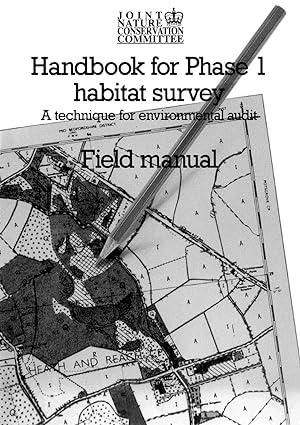

Objective This part of the problem set is designed to improve your understanding of the difference between traditional job-order costing and activity-based costing. Background Pat is considering the manufacture of a new product that would match the design of the bookcase: a desk with the design shown in Figure 2. In the month of May, Pat would like to produce 50 more bookcases and 30 desks. Desk Design and Production Requirements While the desk does match the bookcase as to the wood used and the trim details, it is a considerably more complex product. Pat breaks the design down to the components and manufacturing activities that are required and notes the following: The desk requires two types of wood to construct. Plywood is required for the sides and back of the drawers while solid wood is required for all surface pieces. In contrast, the bookcase is made only of solid wood. The wood to be cut, trimmed, routed and sanded for the desk will require significant machine work because of the drawers and slide-out computer keyboard tray. For each desk additional machine time for all processes (cutting, routing, and sanding) is required. The time and effort to configure the machines to cut and rout the wood pieces is significantly higher. Special jigs are required on the saws to cut dovetail joints to construct the draws. In addition, more routing configurations are needed for the varied pieces of wood. Compared to the bookcase, the desk has much more hardware. In addition to woodscrews, brackets are needed to hold the pieces together and a total of ten metal ball-bearing drawer slides are needed for the drawers and the slide-out computer keyboard tray. Product Costing - Traditional Job-Order Costing Pat arranges a meeting with you and the two of you assemble the following information about the costs and times to produce the 50 bookcases and 30 desks: Each bookcase should require 3 direct labor hours to produce and each desk should require 5.5 direct labor hours to produce. The labor rate is $12.50 per hour. The wood and materials cost for each bookcase is $20 and $70 for each desk. After discussing the nature of the processes required to produce both bookcases and desks you determine that the estimated overhead will be $6,000. Prepare your answers to the following requirements in Packet 2: Calculate the predetermined overhead rate under the traditional costing system using direct labor hours as the allocation base (). Pat is a little surprised by the predetermined overhead rate you calculate, noting that it is different from the number calculated in the prior month when only bookcases were produced. Go back to the prior problem in this packet and note the predetermined overhead rate you calculated. What is the difference between these two figures? This difference will be considered again below. Using the rate from Requirement 1 calculate the amount of total overhead allocated to each product, and the amount of overhead allocated to each unit of each product (). Calculate the cost per unit for each product under the traditional costing system using the overhead allocation rate from Requirement 1 above. In so doing list the direct labor, direct materials and manufacturing overhead for each of the two products (). Product Costing - Activity-Based Costing Pat is perplexed. The cost of the bookcase you calculate in Requirement 4 above is far higher than the cost calculated in the prior problem of this problem set even though there have been no changes in the design or production process of the bookcase. You explain to Pat that because of the differences in the manufacturing process required by the desk that perhaps a more refined system for allocated overhead is needed to provide more accurate costs. The two of you discuss the possibility of using an activity-based costing system based on the following activities and related data for the 50 bookcases and 30 desks: Prepare your answers to the following requirements in Packet 2: Calculate the activity rate (i.e., predetermined overhead rate) for each activity under the activity-based costing system. Calculate the cost per unit for each product under activity based costing using the rates from Requirement 5 above. In so doing list the direct labor, direct materials and manufacturing overhead for each of the two products. Look back to your answer to Requirement 2 above and the difference between the two predetermined overhead rates. Explain the reason behind this difference








